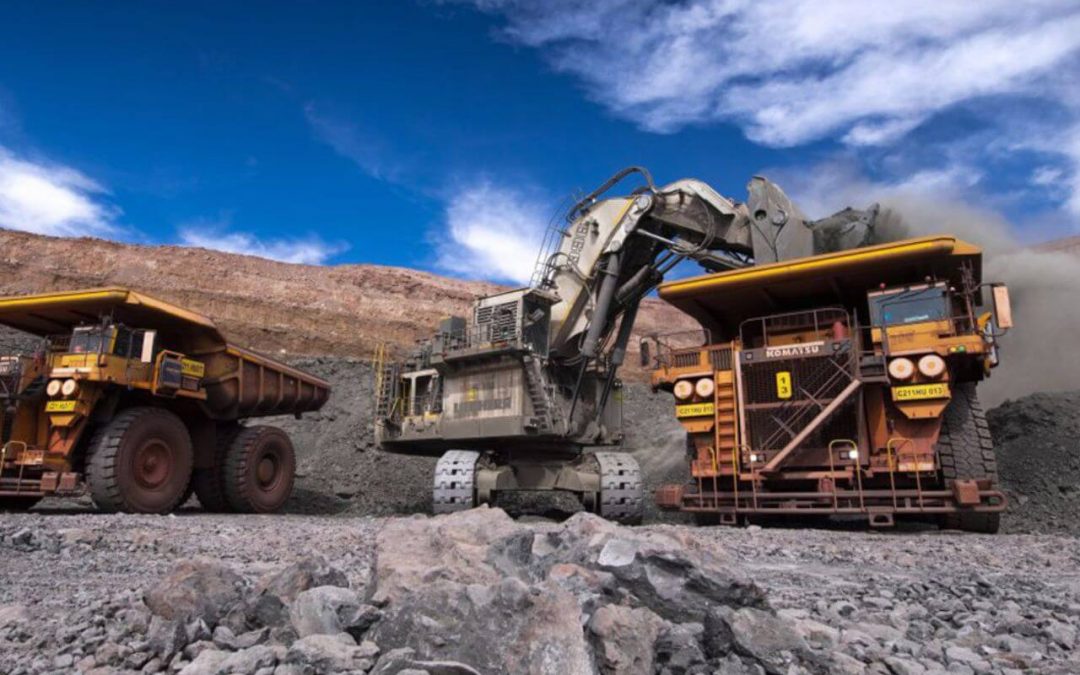Mining is integral to our modern lifestyle, providing essential resources like metals, minerals, and rare earth elements that power technology, transportation, and infrastructure. However, mining operations also bring environmental challenges, including greenhouse gas emissions, water usage, and land disruption. Today, mining companies are under increasing pressure to reduce their environmental impact and adopt sustainable practices. Let’s explore how a mining company is transitioning to greener operations, making strides toward a more sustainable future for the industry.

The primary means through which a mining company may reduce its carbon footprint is by increasing the use of alternative sources of energy, such as solar, wind, and hydroelectric power, rather than fossil fuels. Mines are typically located in remote areas where there is enough land for construction; thus, building an on-site solar farm or wind turbines that can power a large portion of its operations is possible. For example, mining giant Anglo-American South Africa has committed to power 100 percent of its operations in Chile through renewable energy. Companies not only cut their emissions of greenhouse gases with the shift to renewables; they also save long-term, price-volatile energy costs with fossil fuels.
Another trend in the mining sector is to collaborate with local energy vendors to ensure renewable energy sources or on-site power generation. This fits into the global climate goals and attracts investors and other stakeholders who look for sustainable business conduct.
Mining processes, such as ore processing and dust suppression, require significant water use, which can strain local water supplies. Mining companies have realized that effective water management is one way of minimizing their footprint on the environment. Water recycling systems ensure that companies recycle water numerous times, thus reducing overall consumption. For instance, most gold mining companies recycle more than 80% of the water from mineral extraction and processing.

Advanced water treatment technologies also make a difference. Companies can now purify and return water to surrounding ecosystems to help preserve water for residents. For example, Barrick Gold has designed a system to treat and return cleaner water in the Dominican Republic, a program that benefits the company as well as the local communities.
Mining generates various forms of waste, from tailings (processed rock remnants) to toxic chemicals used in mineral extraction. Green-minded mining companies are developing strategies to handle this waste more sustainably. For example, waste containment systems help prevent harmful chemicals from leaching into the soil or waterways, protecting local ecosystems.
Greenhouse gas emissions from mining operations, primarily from diesel-powered equipment and transport vehicles, are also a significant concern. Mining companies are investing in energy-efficient machinery, electric vehicles, and even carbon capture technologies. Carbon capture and storage (CCS) technology traps carbon dioxide emissions before they enter the atmosphere, storing it underground in stable rock formations. By reducing emissions and managing waste responsibly, mining companies can lessen their environmental impact and contribute to cleaner air.
Technological advancements are enabling mining companies to adopt eco-friendly practices that reduce environmental impact. For instance, in-situ leaching (ISL) is a technique where minerals are extracted by injecting a solution into the ground to dissolve minerals and then pumping the solution back out. This method minimizes land disruption, as it doesn’t require extensive excavation. Precision mining, another sustainable approach, uses advanced data analytics to target only areas with high mineral content, reducing the amount of land affected by mining operations.

Automated and remote-controlled machinery also allows mining companies to limit the number of vehicles and equipment in sensitive areas, thereby reducing emissions, fuel use, and disturbance to the land.
As global interest in sustainability increases, mining companies are searching to determine their role in recycling metals and minerals that can be fed into the circular economy. For instance, the extraction of gold or copper from e-waste can preclude newly mined materials and also reduce losses such valuable resources experience out of the economy. In this way, by investing in recycling companies, mining companies are likely to cut their current consumption of virgin resources and prolong the life cycle of critical minerals.
Other mining companies are also pursuing closed-loop supply chains, such as reprocessing and reusing waste by-products, minimizing landfilling, and thus reducing the extraction of new materials from natural sources.

Mining companies are investing in R&D to develop more eco-friendly solutions to stay ahead of environmental regulations and drive sustainability. Some companies are exploring biodegradable chemicals for ore processing, while others are working on electrifying mining equipment to cut emissions further. Battery technology is another area of interest, as electric vehicles are more environmentally friendly and could eventually replace diesel-powered machinery in mining operations.
By dedicating resources to innovation, mining companies can continuously improve their sustainability practices, making mining less intrusive and more compatible with environmental goals.
For centuries, mining companies have been considered enemies of the environment. However, a massive number of companies in the present era are committed to change. Most of the companies in the mining sector are embracing renewable energy, water conservation, waste reduction, land reclamation, and advanced eco-friendly technologies. After all, it still poses great challenges, but what has been accomplished so far reflects an enormous commitment to reducing the environmental footprint of mining.
Going green is not only economically and socially beneficial; it is also an economic way for mining companies. Sustainable practices reduce firms' long-term operating costs, attract more eco-conscious investors, and help establish a strong connection with local communities. Green mining efforts bring forth a new level of environmental stewardship, showing that resource extraction can exist alongside the intent to protect the planet.
Through these initiatives, the mining industry can continue to meet the world’s demand for resources while paving the way toward a more sustainable future. This proves that mining with a conscience is not only possible but essential for the industry’s long-term success.